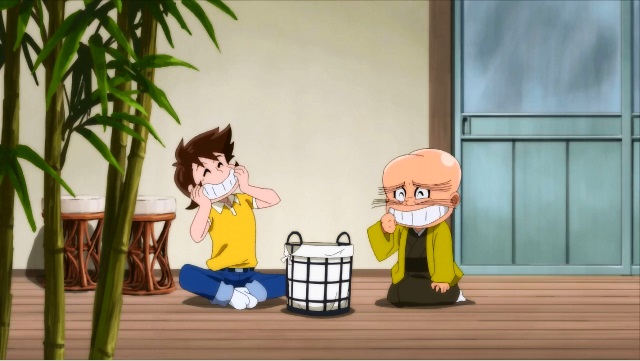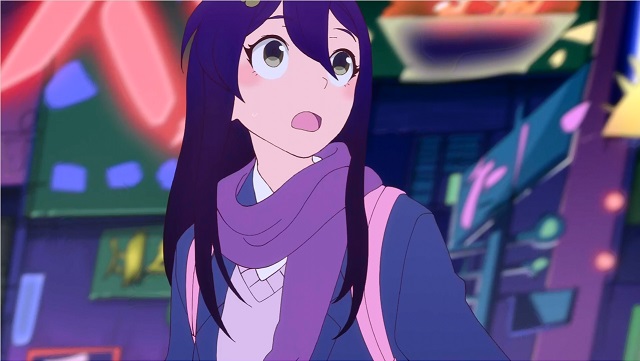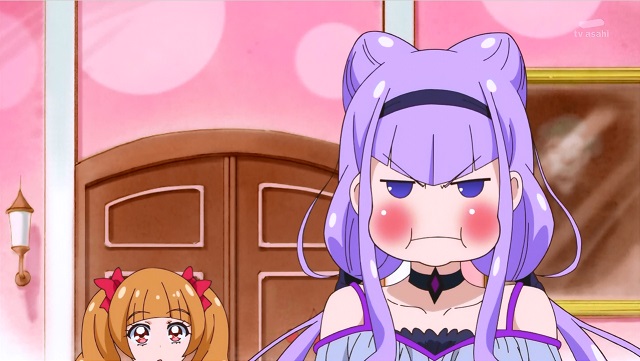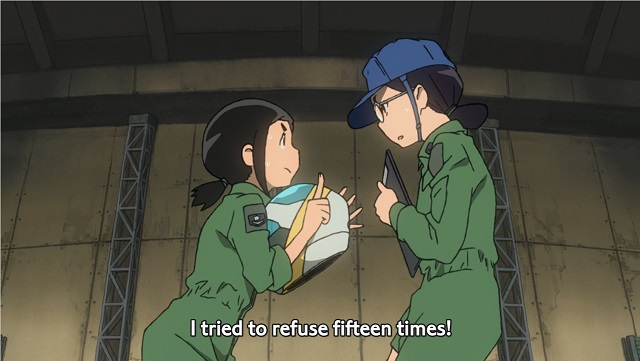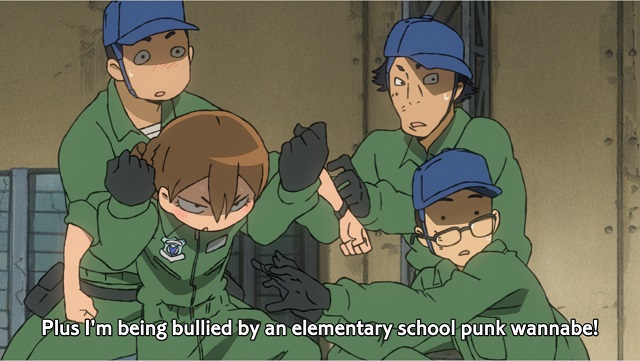Even if its opening every time reminds me of certain theme song to a magical mannequin movie, I have to be grateful to Legend Of The Galactic Heroes: Die Neue These, if only because it got me off my butt and watching the original series, which I’m currently twothirds through.
Legend Of The Galactic Heroes has a reputation for being difficult, unforgiven even: its first episode drops you almoat straight into a huge space battle while only understanding the barest outline of who is fighting who. And instead of exciting ship to ship combat, it’s mostly serious senior officers staring at electronic maps with the thousands of ships involved reduced to small blips. Seemingly dozens of characters — all men, all in uniform– are introduced and you need to keep your wits about you to follow what’s happening. It sets the pattern for the rest of the series.
Let’s stop a moment to admire just how big an accomplishment Legend Of The Galactic Heroes is. A story that took ten novels to tell was adapted in 110 episodes, one continuous story taking almost a decade, from late 1988 to 1997 to be completed, released not as a television series, but as original video animations for the home video market, on VHS. When it started the Japanese bubble economy was in full swing, when it was finished, it had survived the crash that followed it. And that for a series that relied on none of the traditional selling points of other anime OVA series. No sex, no fanservice, no glamourised violence, just blips on radar screens being extinguished with the occassional reminder of the brutal deaths that accompany it.
Legend Of The Galactic Heroes is a masterpiece of tell, not show. Much of the action consists of various men holding meetings in which they explain the geopolitical and military situation to each other, followed by more meetings determining strategy and tactics for the latest battle. When there are no meetings, the narrator returns, to explain what’s happening. Several times the entire story is interrupted in favour of our heroes watching video documentaries about the rise of the empire or the fall of Earth. There’s a lot of information to ingest, at times it can get a bit dry. Nevertheless, it’s fascinating. There’s a density there, a complexity that you can only get by not being afraid to tell, rather than show.
In many ways, it’s the anti-Weber. David Weber’s Honor Harrington series of space opera has a similar grandiose sweep of history as LOGH, but its politics are barely sketched out while its battles have the flight path of every missile described in loving detail. Legend Of The Galactic Heroes on the other hand goes in depth on the geopolitics, but couldn’t be bothered much with battle scenes. It’s enough to know that the 20,000 of the Galactic Empire are surprisingly defeated by the 13,000 of the Alliance of Free Planets, thanks to an brilliant tactic insight from Yang Wenli.
Watching Legend Of The Galactic Heroes therefore demands concentration. This isn’t a series you can just watch in the background while checking Twitter. Especially if you have to read the subtitles to follow the conversations. I notice that while I can easily marathon a regular anime series 10-20 episodes a day if I got the time, my concentration lapses after only a few episodes. LOGH is hard work, but it’s worth it.
Especially the shipping.
